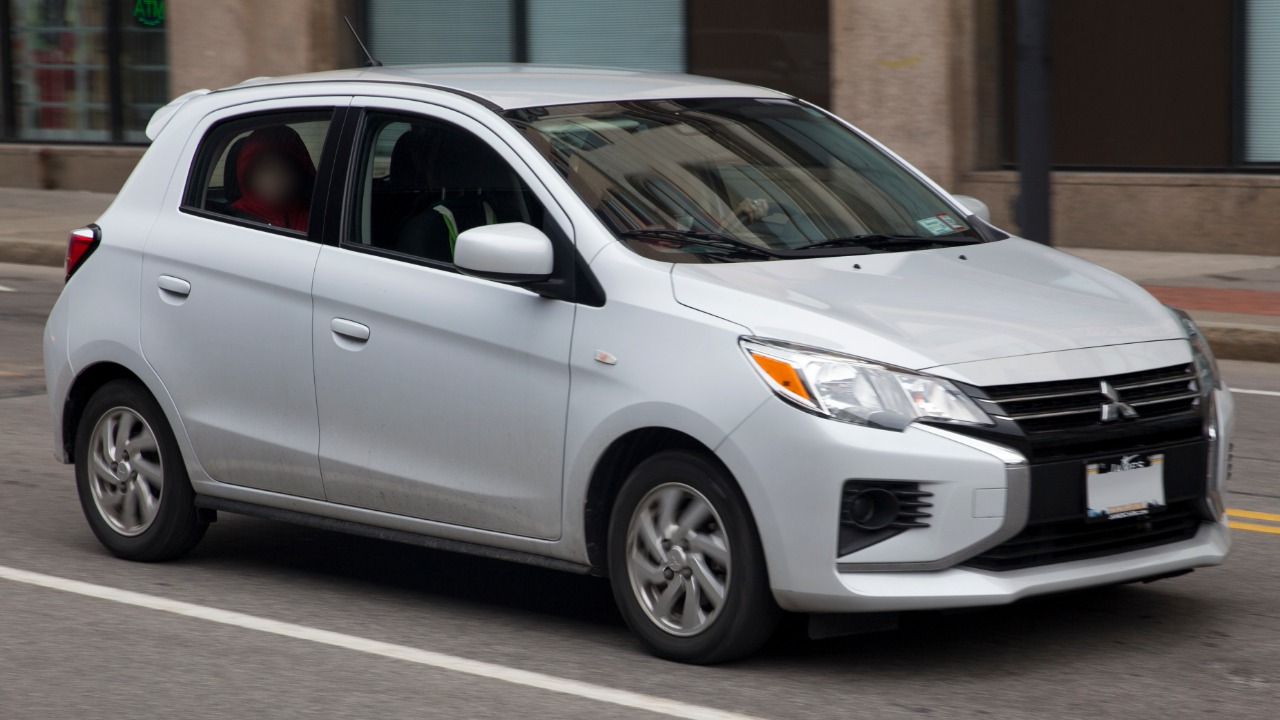
If you’re in the market for a car in 2026, it’s crucial to avoid certain models that might leave you regretting your purchase. With rapid advancements in automotive technology, some vehicles could quickly become outdated or problematic. Here’s a list of cars you might want to steer clear of to prevent future headaches.
1. Outdated Electric Vehicles with Limited Range
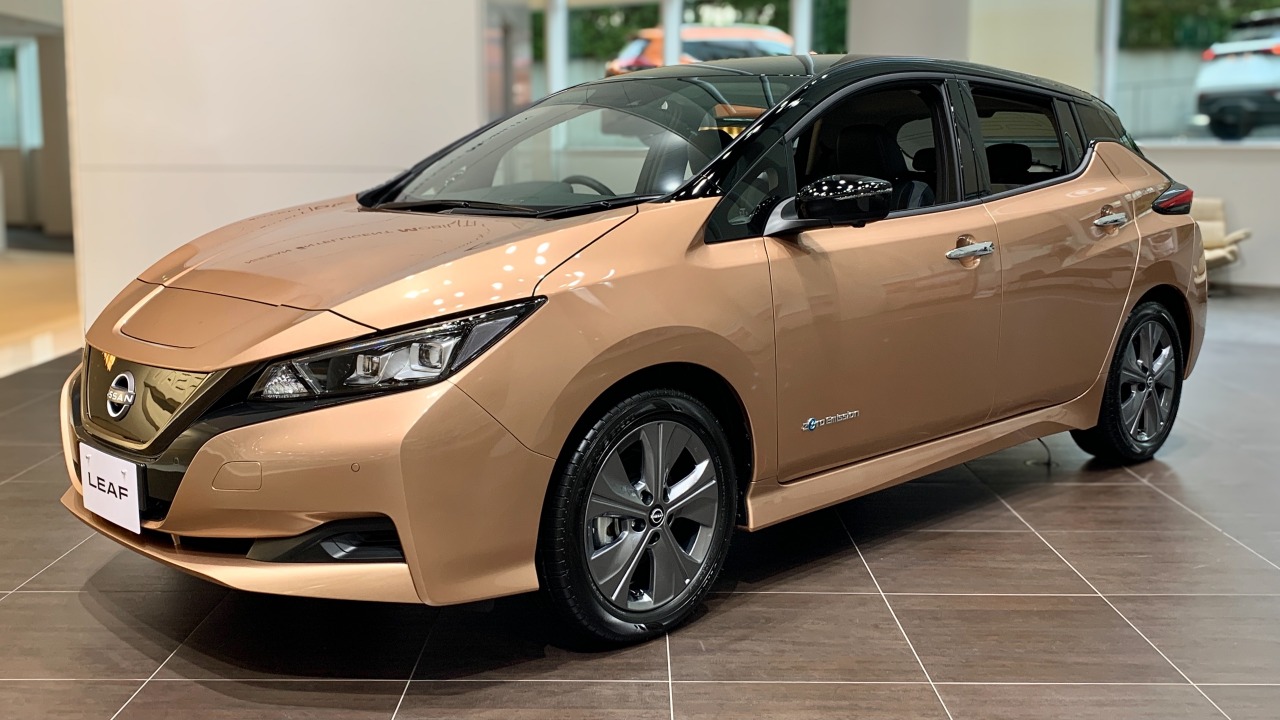
As electric vehicles (EVs) continue to evolve, some older models might not keep up with newer standards. Cars like the 2021 Nissan Leaf, which offers a range of just over 150 miles, might seem antiquated in 2026. With advancements in battery technology, newer models could offer ranges exceeding 300 miles, making older EVs less appealing. If you’re considering an EV, focus on models that offer not only a long range but also compatibility with the latest charging infrastructure.
In addition to range, outdated software can be a significant issue. Older EVs may not support the latest apps or updates, leaving you with a car that feels more like a relic than a modern marvel. Before buying, ensure the vehicle can handle upcoming software enhancements.
2. Overpriced Luxury Sedans with Rapid Depreciation
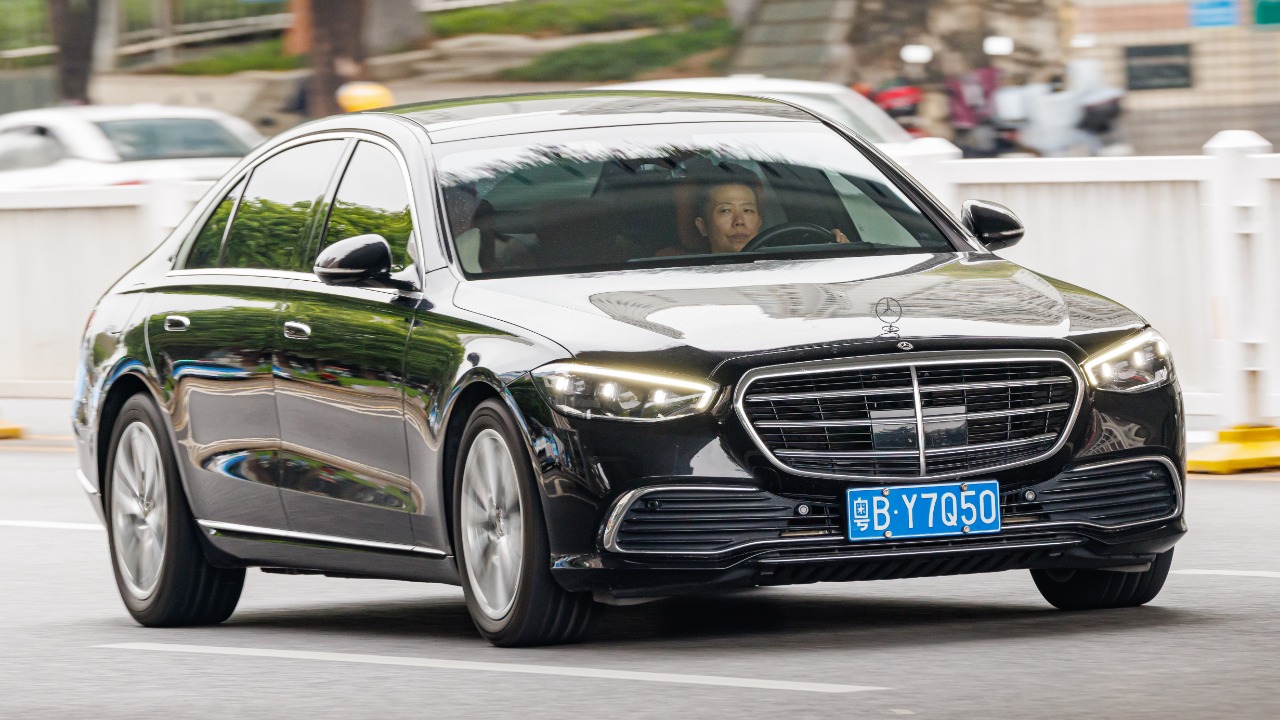
Luxury sedans are often seen as a status symbol, but they can also be a financial pitfall. Cars like the 2024 Mercedes-Benz S-Class may initially impress with their features and prestige, but they tend to depreciate rapidly. Within a few years, these vehicles can lose a significant portion of their value, leaving you with an asset that’s worth far less than what you paid.
When you’re looking at luxury sedans, consider the total cost of ownership, including depreciation. Focus on brands known for holding their value better over time. This will save you from a costly mistake down the road.
3. Gas-Guzzling SUVs with High Emissions
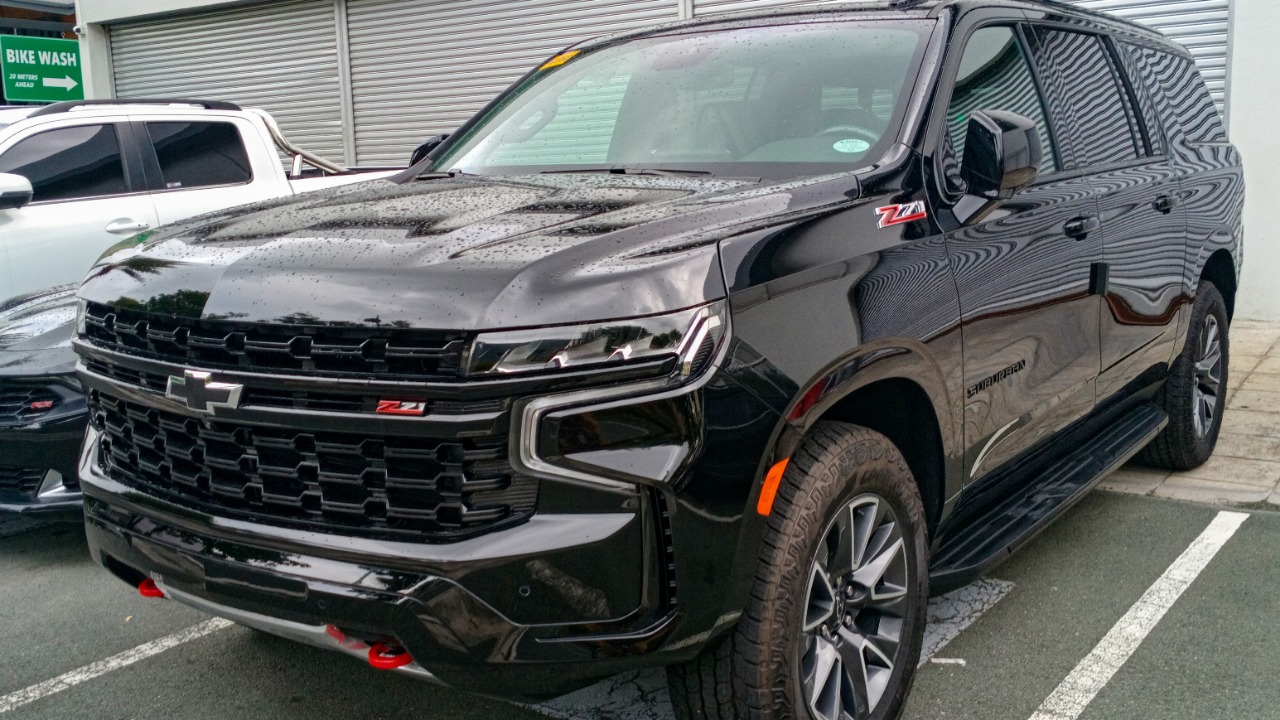
In an era where environmental concerns are paramount, driving a gas-guzzling SUV can be both costly and socially frowned upon. Models like the 2024 Chevrolet Suburban, known for their large size and poor fuel economy, could soon become white elephants. As governments worldwide tighten emissions regulations, the cost of owning such vehicles is likely to rise, both in terms of fuel and potential taxes.
Instead, look for SUVs that offer a balance between space and efficiency. Many manufacturers are now prioritizing eco-friendly technologies, making it easier to find an SUV that won’t leave you with buyer’s remorse.
4. Compact Cars with Poor Safety Ratings
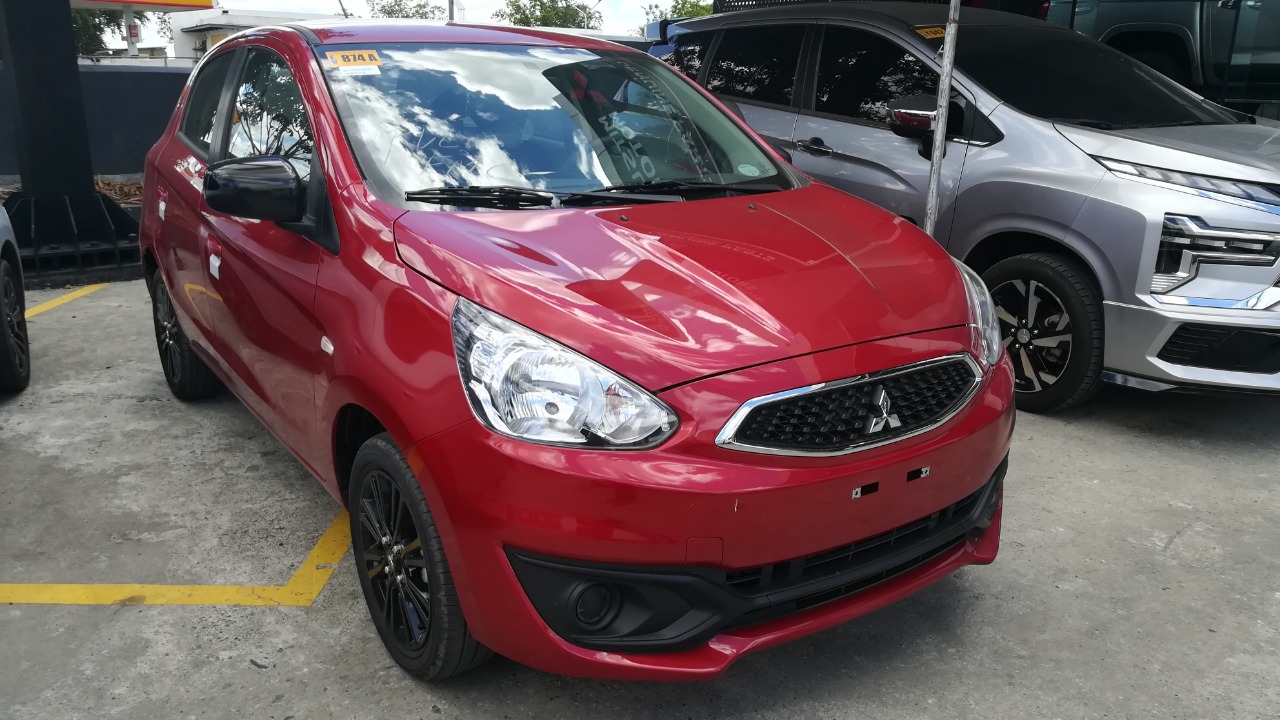
Compact cars are a popular choice for their affordability and ease of driving, especially in urban areas. However, not all compact cars offer the same level of safety. Models like the 2024 Mitsubishi Mirage have been criticized for their subpar safety features. These vehicles might save you money upfront but could put you and your passengers at risk.
When choosing a compact car, prioritize models with top safety ratings from reputable organizations. Features like advanced driver-assistance systems (ADAS) can significantly enhance safety, providing peace of mind without sacrificing practicality.
5. Hybrid Cars with Complex Repair Needs
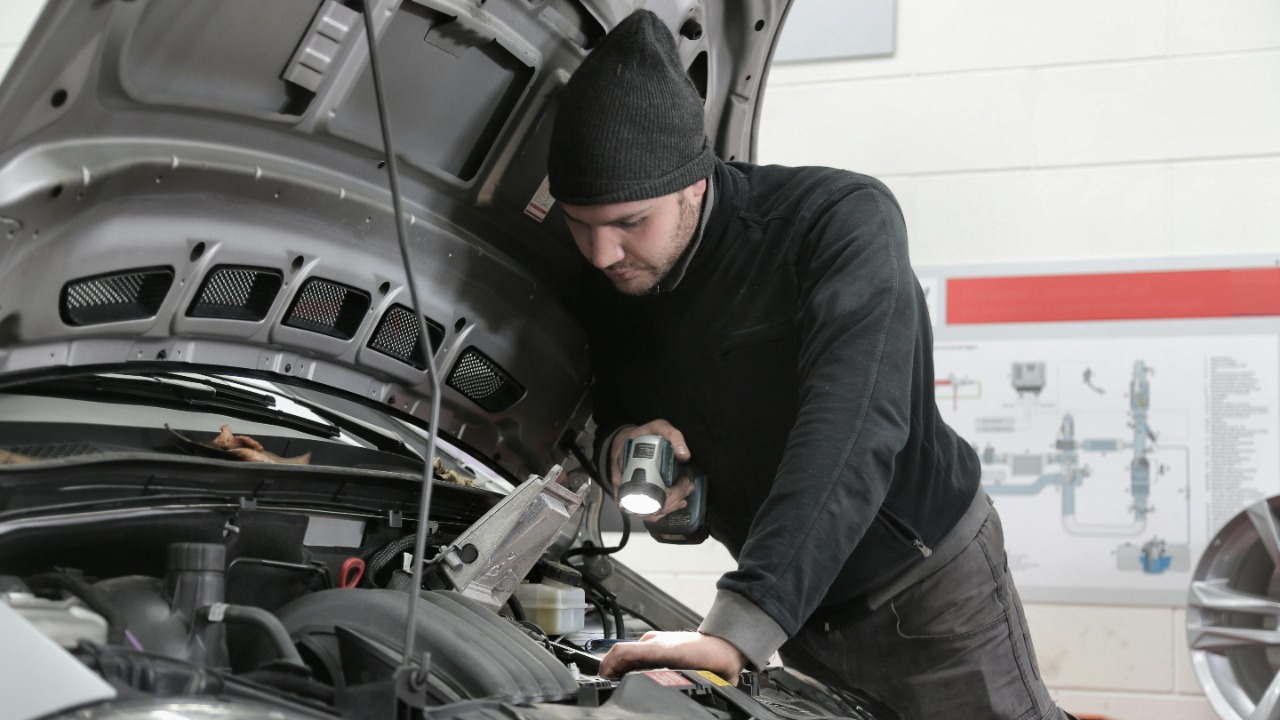
Hybrids are often seen as a middle ground between traditional gasoline and full-electric vehicles. However, some models, like the 2023 Ford Fusion Hybrid, come with complex systems that can lead to costly repairs. As these cars age, the unique technology that makes them efficient can also become a liability.
Before purchasing a hybrid, research the long-term reliability and maintenance costs. Choosing a model with a strong warranty and a reputation for durability can save you from unexpected repair bills.
6. Sports Cars with Unreliable Transmission
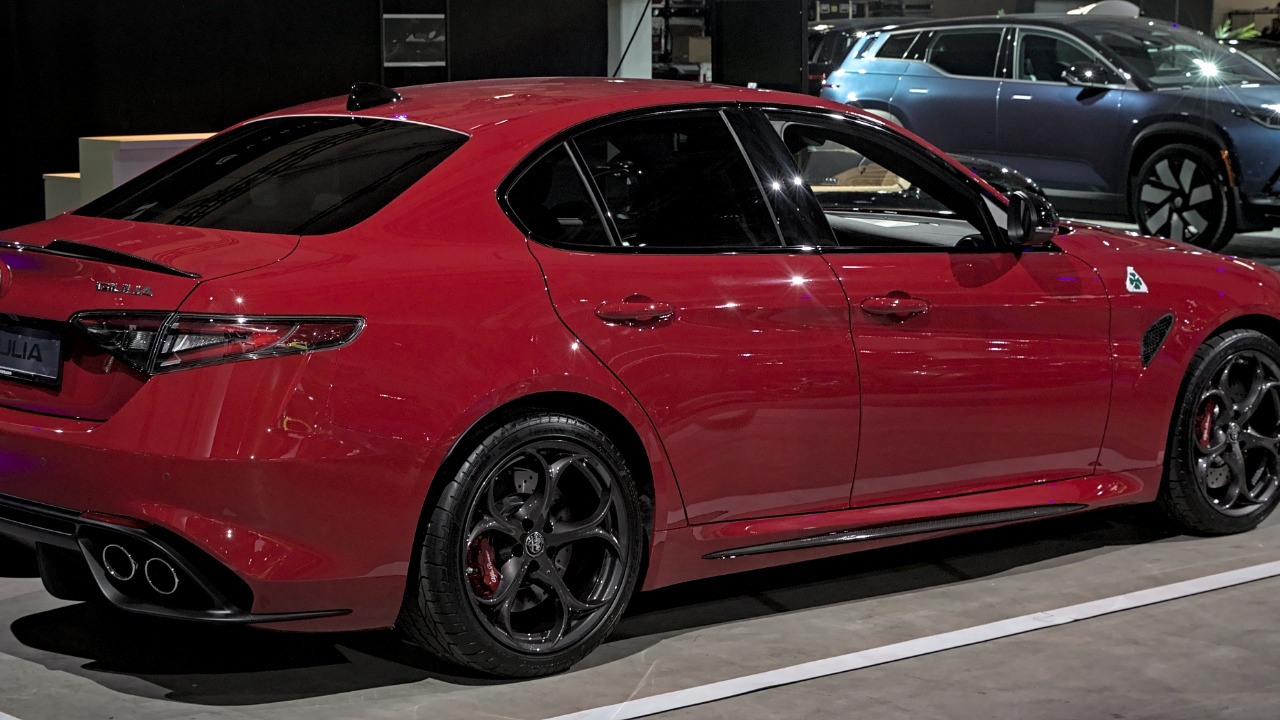
Sports cars offer thrilling performance but can be temperamental, especially when it comes to their transmission systems. Models like the 2023 Alfa Romeo Giulia Quadrifoglio have been noted for transmission issues that can lead to frequent and expensive repairs.
If you’re eyeing a sports car, pay close attention to reviews highlighting the reliability of the transmission. A car that’s fun to drive is only enjoyable if it’s not constantly in the shop.
7. Budget Hatchbacks with Low Resale Value
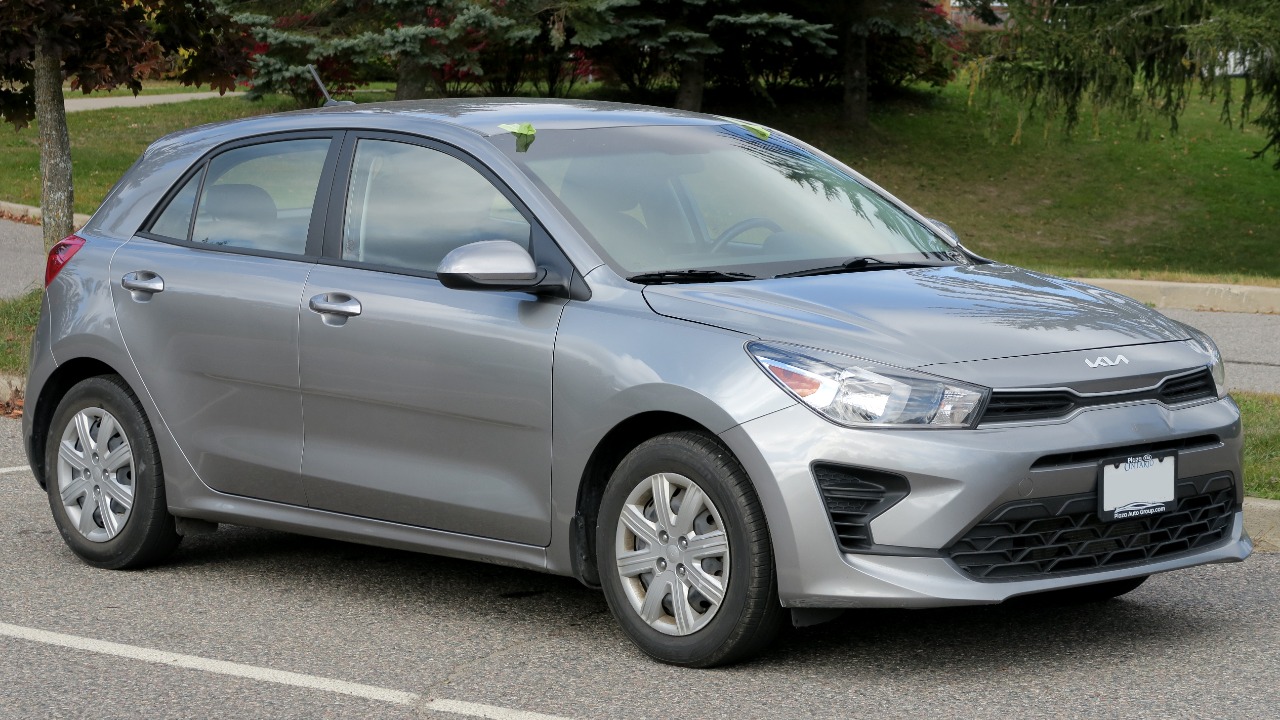
Budget hatchbacks are appealing for their affordability and practicality, yet some models tend to lose value quickly. Cars like the 2024 Kia Rio might seem like a bargain, but their resale value often doesn’t hold up over time. This can be a significant drawback if you plan to sell or trade in the vehicle later.
Consider models that offer a good balance of resale value and reliability. This ensures you get the most out of your investment, even if it’s a budget-friendly one.
8. Unproven New Models from Startup Manufacturers
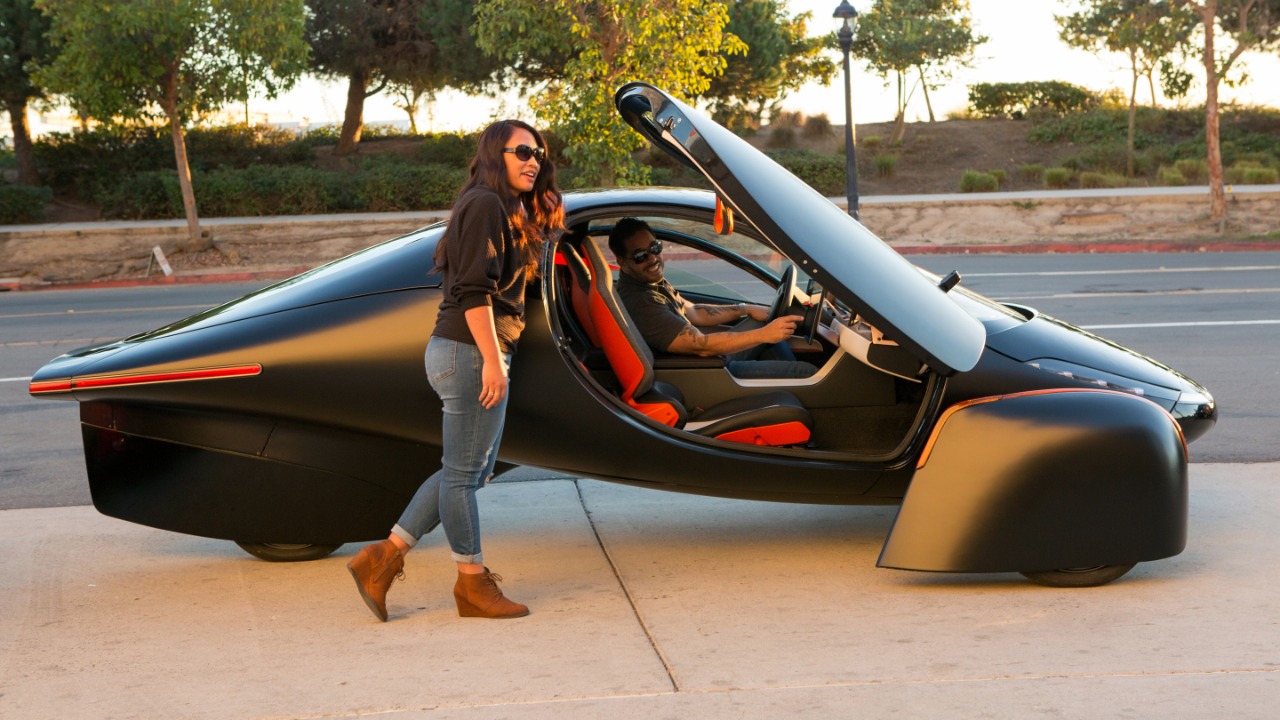
While the allure of owning a cutting-edge vehicle from a new manufacturer is strong, it also comes with risks. Companies like Aptera and Fisker have promising concepts, but their production models are untested in the real world. This can lead to potential issues with reliability and support.
Before committing to a new model from an unproven manufacturer, assess their track record and customer reviews. Opting for a brand with established production and support networks can help you avoid potential pitfalls.